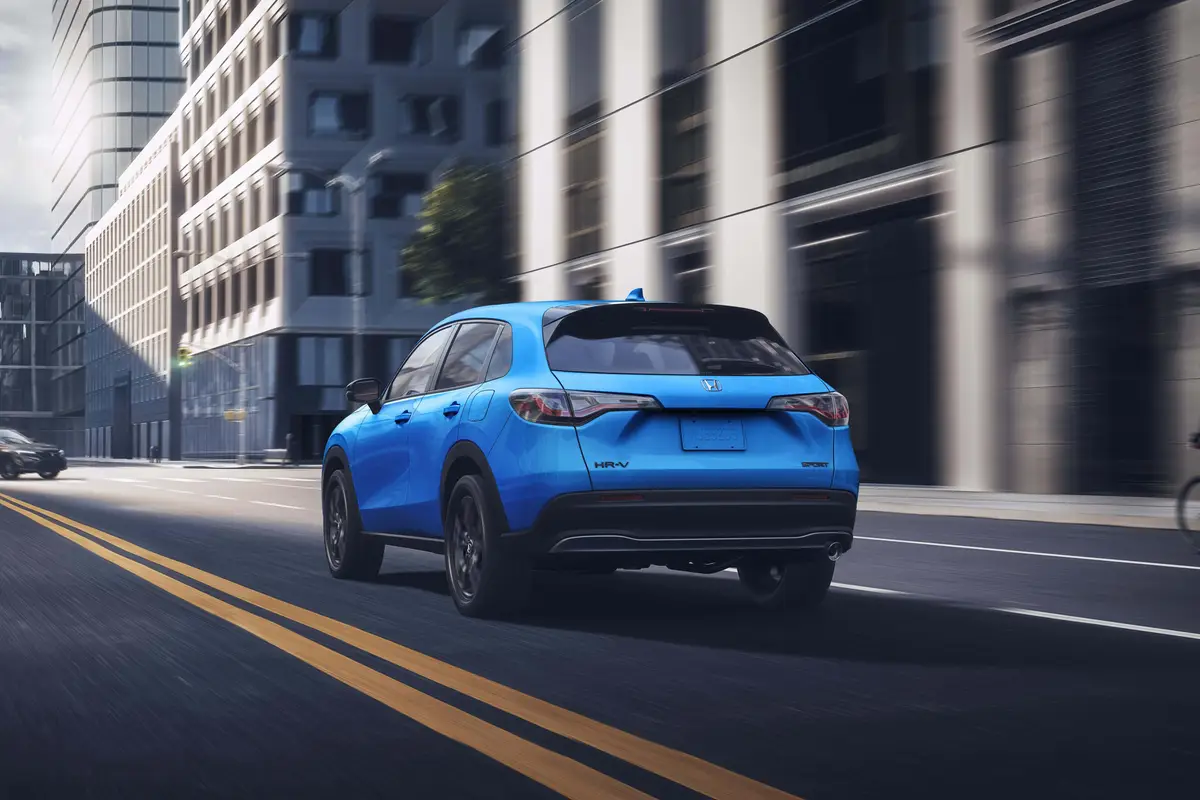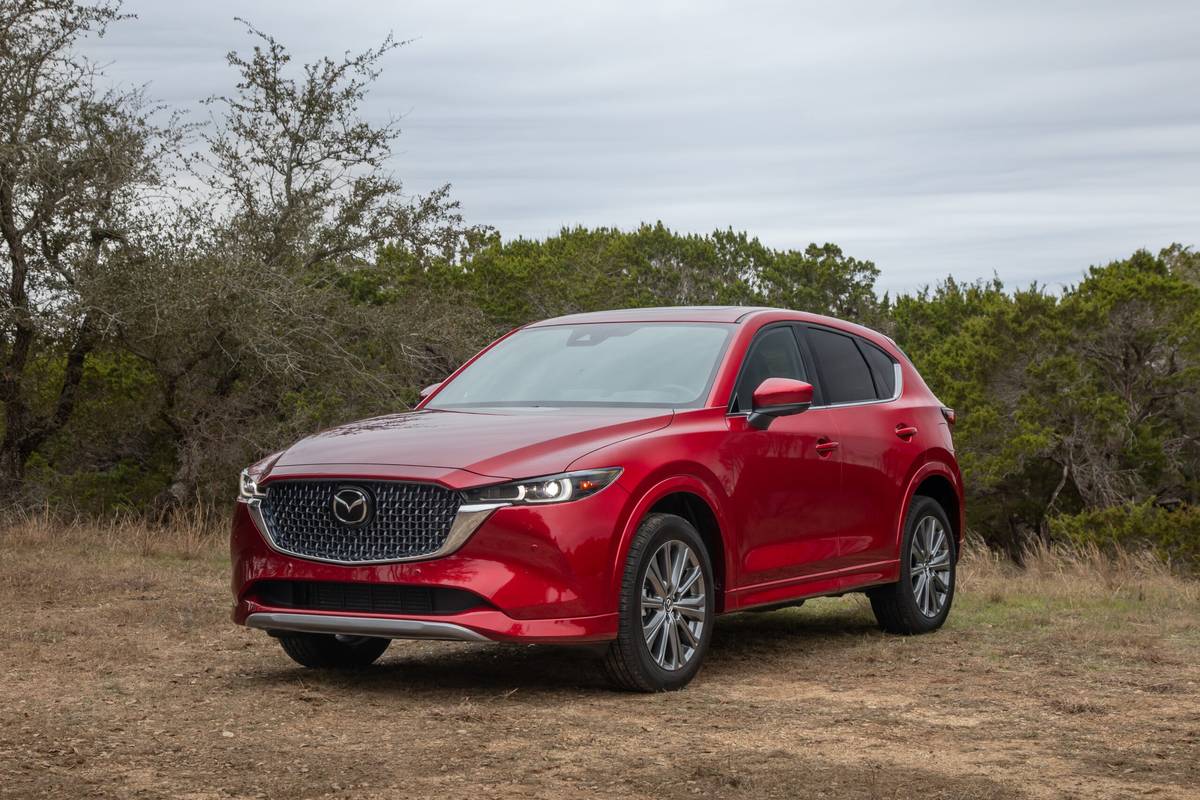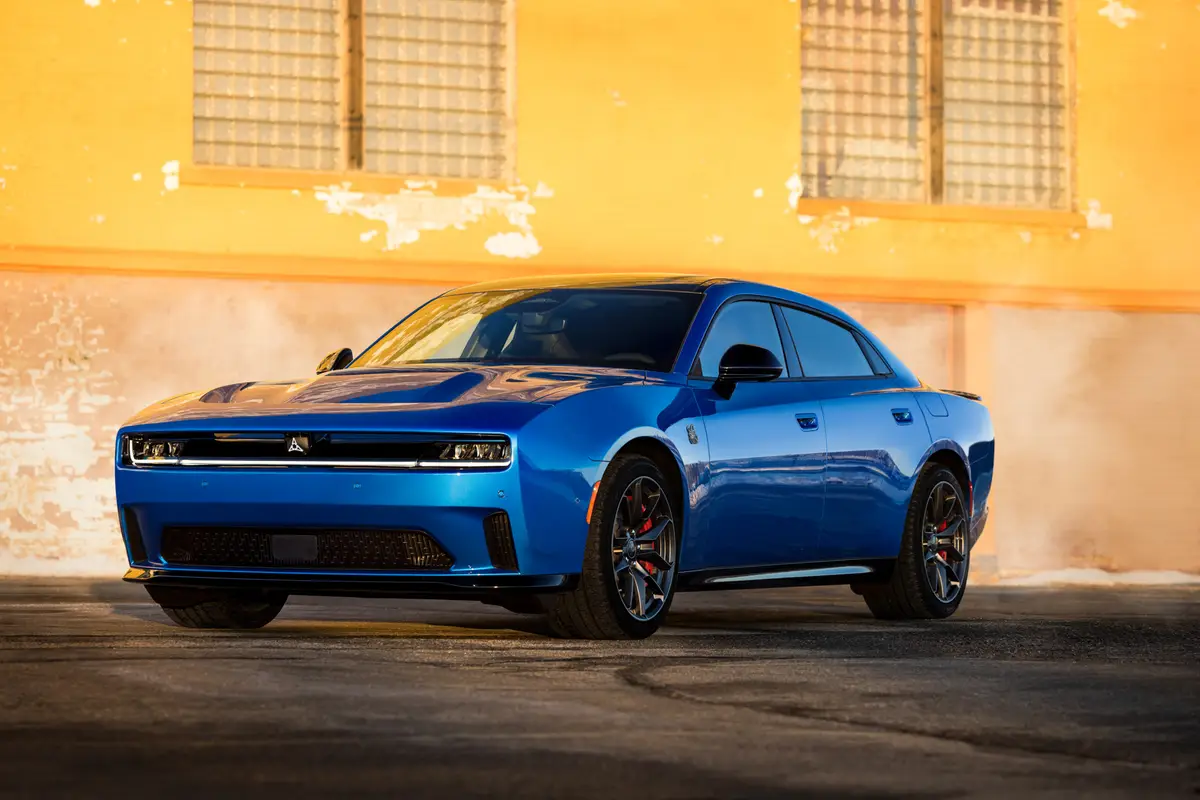Mother Proof's view

I wanted to love the 2010 Subaru Forester. It’s got everything my family needs in a car: all-wheel drive, a powerful engine, tons of cargo space. What it doesn’t have is enough backseat legroom, and that’s a deal-breaker.
My test car, a Forester 2.5XT Limited with a turbocharged engine, was so much fun to drive. My everyday car has a V-6 engine, and I was concerned that the Forester’s engine wouldn’t have enough power to keep me happy. I was so, so wrong. This car has plenty of power, and it’s a blast to zip up hills and around curves.
When I was driving around Chicago’s city streets, the Forester practically glided away from stoplights. Takeoffs with this 224-horsepower, turbocharged four-cylinder were smooth, without any quick starts that snapped my head back. On the highway, the Forester’s engine was fantastic. Merging on the highway in Chicago is often a death-defying experience, but the Forester had no problem zipping up on-ramps and into traffic. I actually looked forward to stopping at toll booths just so I could punch the accelerator and listen to the turbo engine roar.
The Forester’s turbocharged engine requires premium gas, which is a mark against it, but it practically sipped that gas during a six-hour road trip. The Forester gets an EPA-estimated 19/24 mpg city/highway, but I got as high as 25.5 mpg while cruising on the interstate. Now that’s impressive for an SUV – even a small one. The Forester, like all Subarus, comes with all-wheel drive standard.
Though I had lots of fun driving the Forester, the problems started when I loaded my family into it for a six-hour road trip.
Exterior
The Forester was redesigned for the 2009 model year. Its old hard-edged look, which matched its outdoorsy spirit, was gone. Now it has soft lines and rounded edges, which leave it looking the same as most small SUVs. It looked blah even in the eye-catching Camellia Red Pearl color.
The Forester has one exterior feature that helps it stand out from a sea of small SUVs: its hood scoop, which funnels air to the turbo engine. I’m not a big fan of the hood scoop; it sat in my line of sight and was a distraction. I thought I’d get used to it after driving the Forester for a few days, but I never quite did.
It was easy for me and my sons to get in and out of the Forester; my oldest was thrilled when he could easily reach the door handle, which isn’t the case with our everyday car. With 8.9 inches of ground clearance, there’s no need for running boards or boosts from Mom for the kids to climb in. The doors open so wide that my 6-year-old couldn’t close his door if he’d already buckled his seat belt, but I’d rather have this problem than deal with a narrow door opening.
SENSE AND STYLE
Family Friendly (Not Really, Fair, Great, Excellent): Fair
Fun-Factor (None, Some, Good Times, Groove-On): Good Times
Interior
This is where the problems started to stack up for my family. The leather seats are comfortable and heated, which would quickly become a favorite feature during Chicago’s cold winters. The driver’s seat is power-adjustable in 10 ways. I really appreciated the power height adjustment because it helped me get the hood scoop somewhat out of my line of sight, but the passenger seat didn’t have any power adjustments. When I took my mom for a ride, she didn’t like how low the passenger seat sat, but there was no height adjustment – power or manual – for the passenger side. Annoying.
The center stack is simplistic looking, with the stereo sitting above three chunky dials for the air-conditioning controls. The audio system – with its six-CD changer and an MP3 jack in the center console – sounded muddy. No amount of messing with the stereo’s bass and treble levels got the music off our iPod to sound great. The stereo’s knobs are too small, making them hard to grab. There are audio controls mounted on the steering wheel, including a mute button, which was handy when the peanut gallery piped up. My test car didn’t come with a navigation system, but one’s available for $1,800.
There’s a sizable cubby in front of the gearshift that we used to store DVDs on our road trip; it’d also be a great place to keep smaller items, like a cell phone, and it has a 12-volt charger. The two cupholders, which sit behind the gearshift, are almost trough-like. They’re wide and deep, and they easily swallowed my reusable water bottle. The cupholder dividers can be removed, which really creates a trough.
The center console is on the smaller side, but it houses the MP3 jack and another 12-volt charger, which we used to power our portable DVD player for the backseat. The armrest slides forward, which made it really comfortable for both me and my husband.
My family’s favorite feature in the Forester was the panoramic power sunroof. The Forester, which is loaded with large windows, felt even more open and airy when we had the sunroof open. My boys loved it so much that they wanted it open at all times, and I was happy to oblige. A touch of a button in the overhead console closed the sunroof about three-quarters of the way, which annoyed my husband, who wanted it to close all the way with one touch instead of two.
My husband is 6 feet tall and had enough legroom if he moved the front passenger seat all the way back. However, our 2-year-old son, who sat behind him, had barely enough legroom when my husband had his seat in a comfortable position. While the legroom was workable for now, it would be a real problem in a few years when my sons have gangly legs. The backseat legroom could also be a problem for anyone needing to put a rear-facing infant-safety seat behind someone with long legs. Our oldest son had plenty of legroom sitting behind me (I’m 5-foot-7).
The backseat is split 60/40, and each side reclines with the push of a button. Folding the backseat down was easy, and it created a flat cargo floor. The backseat has an armrest that folds down from the seatback and two cupholders that flip out of the seat bottom. My 2-year-old couldn’t reach his cup in the cupholder from his child-safety seat. The 6-year-old, who’s in a booster seat, had no problems.
My 6-year-old did have problems buckling his seat belt, though. The rear seats have some bolstering on the outboard sides that pushed his booster seat over, so it ended up sitting on top of the seat belt receptor. He couldn’t buckle up on his own and was near tears over it. We finally arrived at a solution that involved me hauling his booster seat (with him in it) over so he could buckle up by himself. It got us through the test drive, but I don’t think I could survive doing that maneuver for years. Yes, I know he’ll outgrow his booster seat, just in time for his younger brother to grow into it. We’re talking four to five years of hauling that booster seat in the Forester. No thank you.
The Forester is supposed to fit five passengers, but you couldn’t fit three children in the backseat unless two of them were out of car seats. With my 2-year-old in a convertible car seat and my oldest in his booster, there wasn’t enough room in between them for someone to sit comfortably.
The cargo area is spacious. You can easily fit an enormous Costco run in there, or a gigantic baby stroller. It has two grocery hooks and a 12-volt outlet in the cargo area. There’s also underfloor storage. I just wish they’d taken a little of that room in the cargo area and moved it into the backseat area.
IT’S THE LITTLE THINGS THAT COUNT
Storage Compartments (Puny, Fair, Ample, Galore): Fair
Cargo/Trunk Space (Puny, Fair, Ample, Galore): Galore
Safety
The Forester’s Latch connectors are clearly marked and covered by wide leather straps; a quick tug easily moves them out of the way. The Latch connectors are hard to see through the opening, but it was easy to connect the Latches by feel. There are three top-tether anchors in the cargo area’s ceiling. This placement interfered with my rear visibility somewhat; I’d prefer to have the anchors in the floor of the cargo area.
The Forester’s visibility is excellent thanks to its large rear window and sizable side windows. However, the center rear seat’s seat belt drops out of the ceiling, which also would mess up a driver’s rear visibility when it was in use.
The Insurance Institute for Highway Safety hasn’t crash-tested the 2010 Forester, but the 2009 Forester, which is unchanged from the ’09 to the 2010 model, was named a Top Safety Pick for 2009. To receive this, a car must receive the top score – Good – in IIHS’ front, side and rear crash tests, as well as have stability control.
The Forester also comes with front and side-impact airbags for the front passengers and side curtain airbags for both rows. It has standard antilock brakes and traction control. One thing the Forester doesn’t come with is a backup camera; one’s not even available as an option. I’d like to see Subaru add that as an option at the very least.
LIFE STAGE
In Diapers: There’s tons of room in the cargo area for baby gear, but be on the lookout for legroom issues when you install a child-safety seat.
In School: My son’s booster seat didn’t fit well, but once buckled in he loved the backseat’s cupholders.
Teens: Legroom might be a concern on longer road trips, but it has a lot of safety features to keep teen drivers safe.

Editor-in-Chief Jennifer Newman is a journalist with more than 25 years of experience, including 15 years as an automotive journalist at Cars.com. Jennifer leads the Editorial team in its mission of helping car shoppers find the vehicle that best fits their life. A mom of two, she’s graduated from kids in car seats to teens behind the steering wheel. She’s also a certified car-seat technician with more than 12 years of experience, as well as member of the World Car Jury, Automotive Press Association and Midwest Automotive Media Association. LinkedIn: https://www.linkedin.com/in/jennilnewman/ Instagram: @jennilnewman
Latest news



